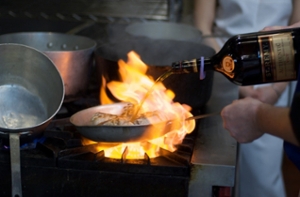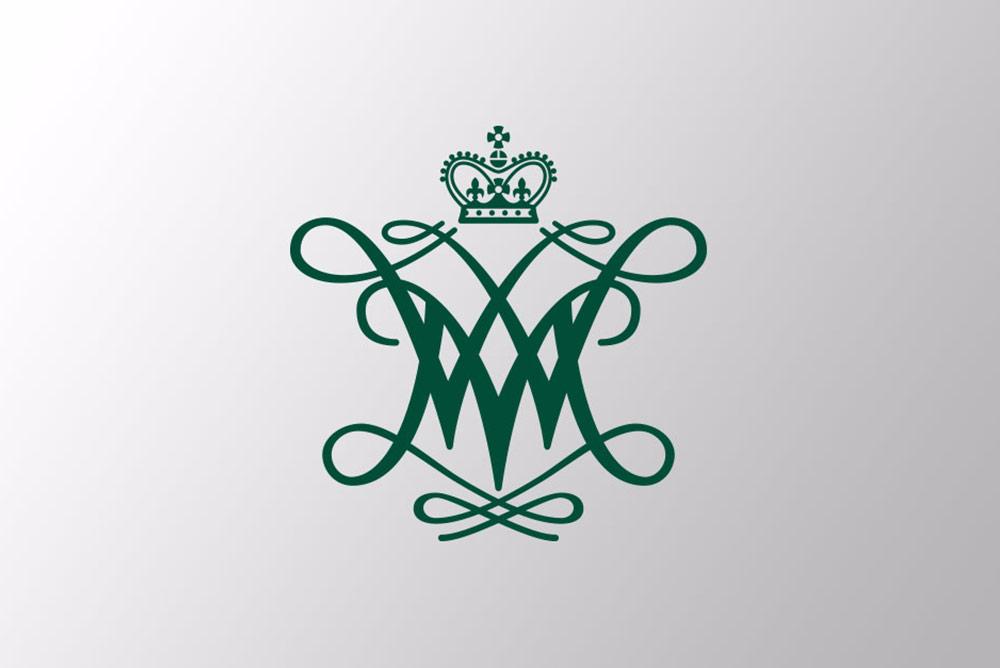Cooking Safety
Cooking Safety: Avoiding Recipes for Disaster
The highest percentage of campus fire alarms are from cooking in residence halls. We strive to eliminate these unwanted activations through education and hands-on training.
Here are some tips to help keep you safe in the kitchen:
Use the Right Stuff
- Use high-quality cookware and utensils.
- Follow the provided cookware instructions and pay special attention to maximum oven temperatures.
- Plug microwaves, toasters and other cooking appliances directly into a wall outlet. Extension cords easily overheat and could catch fire.
Watch What You Heat
- Do not leave the kitchen while cooking, because unattended food is the primary cause of kitchen fires.
- Turn off the stove or oven if you must leave the kitchen while frying, grilling or broiling food.
- Set a timer and remain in the building if simmering, baking, roasting or boiling food.
- Do not cook while sleepy, intoxicated or on medications that make you drowsy.

Don’t Fuel the Fire
- Flammable items such as potholders, oven mitts, wooden utensils, paper or plastic bags, food packaging, towels and curtains should never be placed on or near a hot surface.
- Clean the stovetop, burners and oven between uses to avoid buildup.
- Don’t allow clothing or hair to dangle over a hot surface.
Prevent and Treat Burns
- Avoid spilling or splashing hot food or liquids.
- Keep pot handles turned away from the edge of the stove and use the back burner when possible.
- When moving hot food or cookware, use oven mitts or potholders that are dry and in good condition.
- If you get burned, place the affected area under cool, running water for three to five minutes. Never treat a burn with ice. Seek medical attention for follow-up treatment.
Want to conduct a cooking safety class? Contact the EH&S Office at
safety@wm.edu.
















